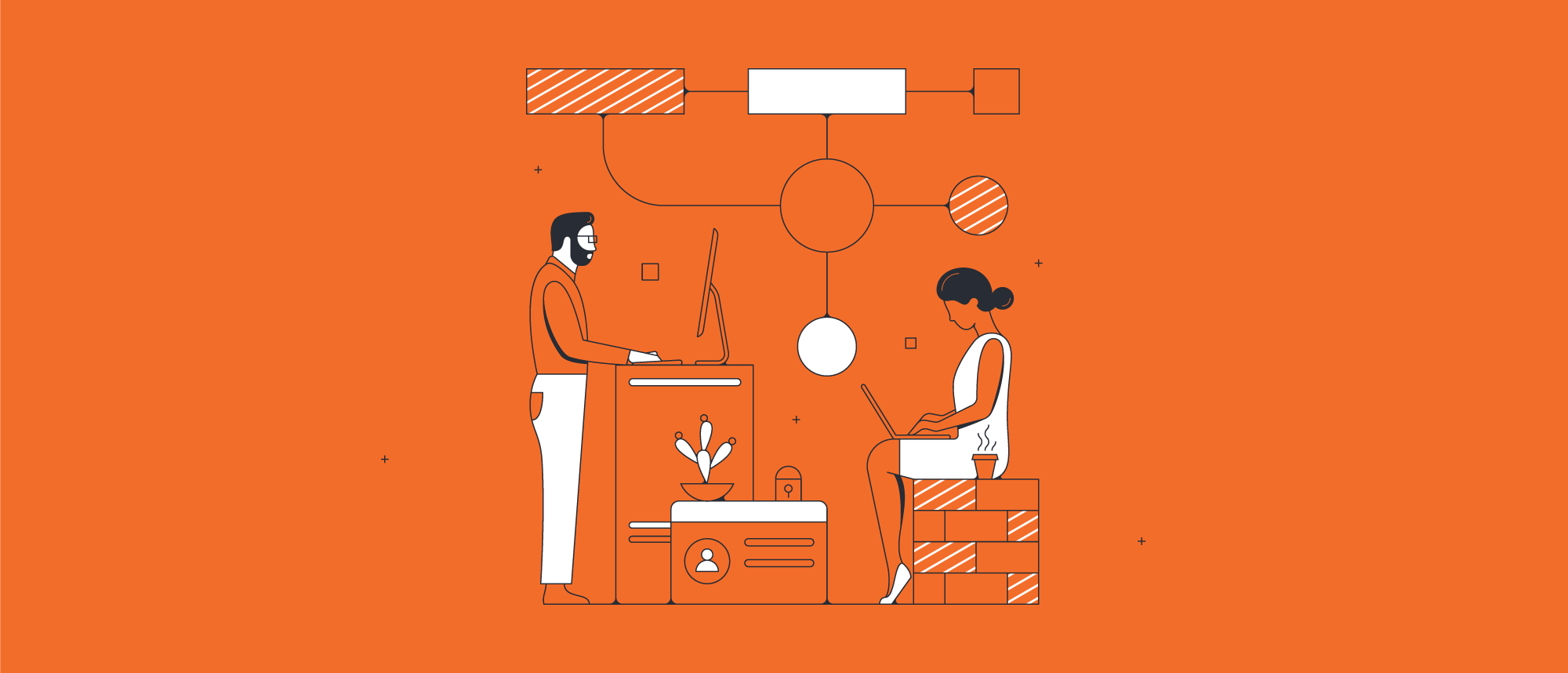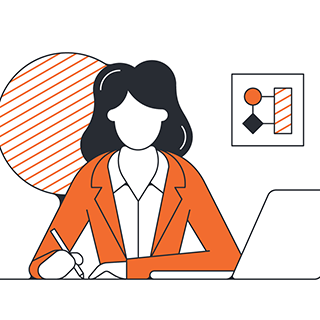
Why you still need to take breaks and vacation while working from home
Lucid Content
Reading time: about 6 min
Topics:
Working from home has become the new normal across many industries, and the arrangement comes with plenty of benefits. For employers, a remote workforce can mean reduced operating costs and access to a broader talent pool. Employees can ditch lengthy commutes and build more flexibility into their day.
However, when your office is no more than a few steps away from your bed, it’s more important than ever to draw clear boundaries around your workday, particularly when kids, family, or technology issues overlap.
A study by the United Nations shows that 30% of people who work from home report feeling "highly stressed" compared to 25% of those who work on-site. Setting aside time for breaks and prioritizing vacation time can help you avoid burnout, minimize stress, boost creativity, and stay productive.
Let’s dive into why it’s important to take time to recharge while you’re working from home and how to make the most of your downtime.
How to take a break or a vacation while working from home
So how do you take a break or time away from work when your office and home are one and the same? It can be challenging to prioritize downtime, but not impossible. Here are some surefire ways to maintain an office-like structure to your day while working from home.
Plan out your day including your breaks
Anyone who’s worked from home for an extended period has experienced it—you wake up, brew a cup of coffee, shuffle to your desk in your robe and slippers, and get to work. Before you know it, it’s 3 p.m., and you haven’t stood up from your desk.
It’s an easy pattern to fall into, but over time, not taking time away from work can harm your creativity and productivity. You can reclaim time in your schedule—and sanity in your workday—with effective time management. Be intentional about working breaks into your schedule. Add them to your calendar to block out the time, if necessary.
Make sure your break is away from work
Be sure to get up and step away from your desk when you take a break. Don’t count browsing the internet or working on personal items as a break from work: Research shows those distractions don’t result in more productivity or energy at work. Take time to read a book, call a friend, or focus on a personal hobby—strategies related to learning and personal relationships are shown to boost mood and energy.
A change of scenery will clear your mind and get your blood flowing. If you can step outside for a quick walk, all the better.
Be flexible with your time
While it’s important to plan out your day, don’t hold yourself to it too strictly. If you are on a roll and working productively, don’t break the flow—you can take that 15-minute break when you hit a lull in your creative workflow.
Setting aside contingency time in your schedule (think white open spaces on your calendar) will help you avoid stress when you can’t stick to your scheduled breaks.
Communicate breaks and vacations with co-workers
When you see your co-workers in the office every day, it’s easy to notice when someone is officially out of office. It’s tougher to know when you only communicate with your colleagues via Slack message or email.
Be sure to clearly communicate your breaks and vacations to your co-workers, so they don’t inadvertently interrupt your OOO time, even if your vacation is just a date with your sofa, a pint of ice cream, and Netflix.
Use your vacation days to recharge and take a break from work
Research from Glassdoor shows that 54% of employees had not used any paid vacation time in the previous 12 months. Remember—those vacation days are still yours to use even if you’re not traveling to the office every day. Not only are you leaving money on the table by not utilizing your full benefits, but research also shows you’re more than entitled to the time off. Since the onset of the COVID-19 pandemic, employees are logging three more hours a day on average.
How to keep your breaks positive and productive
Not every type of break is productive—and it’s important to be flexible about the kind of breaks you need throughout your day.
Take a few seconds to check in with your body ahead of a scheduled break period. How are you feeling? This check-in will help you determine the type of break that will help you return to work recharged and productive.
Here are some activities you can try during your work-from-home breaks:
Exercise: There’s nothing quite like fresh air and some heart-pumping exercise to get your creative juices flowing. In fact, research shows that even a short workout—even a brisk walk—can boost energy levels just as much or even more than a cup of coffee and without the jitters.
Meditate: For those new to meditation, it can be tough to sit quietly in silence. However, meditation is proven to relax the mind and body. Neuroimaging studies show that meditation enhances the neural pathways responsible for concentration and attention.
Even a quick mini-meditation or breathing break can give your brain a break from the task at hand and get back to it later with a calmer, fresh perspective.
Video chat with a friend: One of the most significant shortcomings of working from home is the lack of face-to-face human interaction, and Zoom calls without co-workers focused on stressful deliverables or upcoming projects don’t quite cut it.
Take some time to video chat with a close friend or family member (just be sure to step away from your desk while you do it). Virtual coffee or lunch breaks are a great way to break up your day.
Explore productivity hacks: There are ways to integrate break time with periods of productivity. Consider the Pomodoro Technique, which balances both long and short breaks with specific periods of focused, more intense productivity. This technique helps you maintain motivation (you can focus on anything for a short time!) and actually demands that you take regular breaks, which can reduce mental fatigue and even back pain.
The key is to make sure your scheduled breaks take you away from your workspace. If you’re sitting at a desk, move to another room, or take a quick walk outside. If you’re working at a busy coffee shop, find somewhere quiet or put in your headphones for a few minutes of quiet meditation.
Do something you enjoy: There are no rules here. Take time in your schedule to focus on something untethered from workplace productivity that brings you happiness and satisfaction.
Some of us have been working from home for years and have already found ways to maintain elusive work-life balance and schedule breaks or vacations into our day. For those newer to WFH life, finding that balance can take time. Remember—if you’re trying to accomplish more, give yourself more breaks. Your productivity, your mood, and your boss will thank you.

Still feeling burned out? Learn how to leave work at work, even when your work is at home.
Read our tipsAbout Lucidchart
Lucidchart, a cloud-based intelligent diagramming application, is a core component of Lucid Software's Visual Collaboration Suite. This intuitive, cloud-based solution empowers teams to collaborate in real-time to build flowcharts, mockups, UML diagrams, customer journey maps, and more. Lucidchart propels teams forward to build the future faster. Lucid is proud to serve top businesses around the world, including customers such as Google, GE, and NBC Universal, and 99% of the Fortune 500. Lucid partners with industry leaders, including Google, Atlassian, and Microsoft. Since its founding, Lucid has received numerous awards for its products, business, and workplace culture. For more information, visit lucidchart.com.
